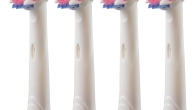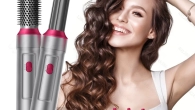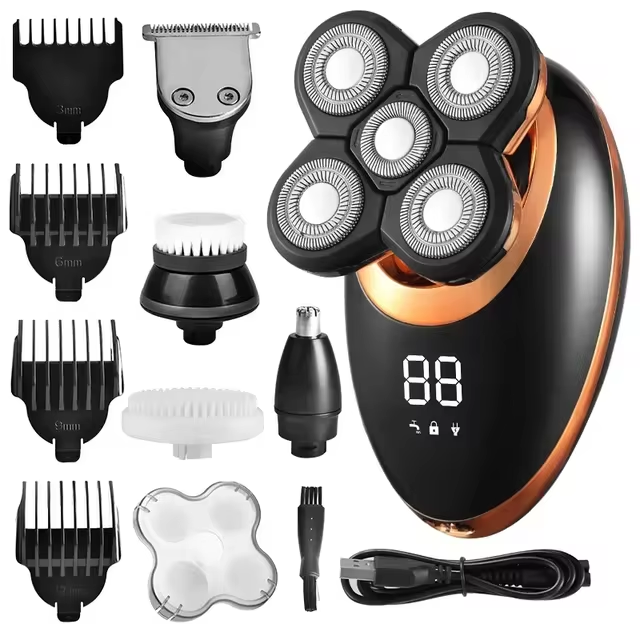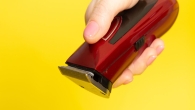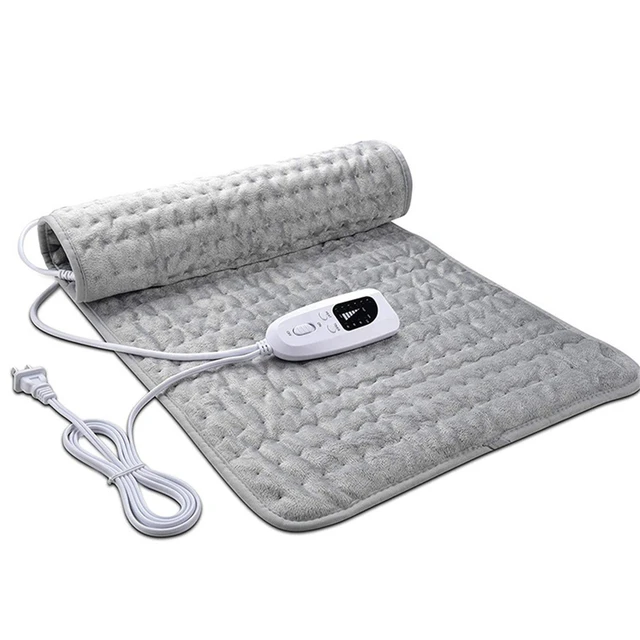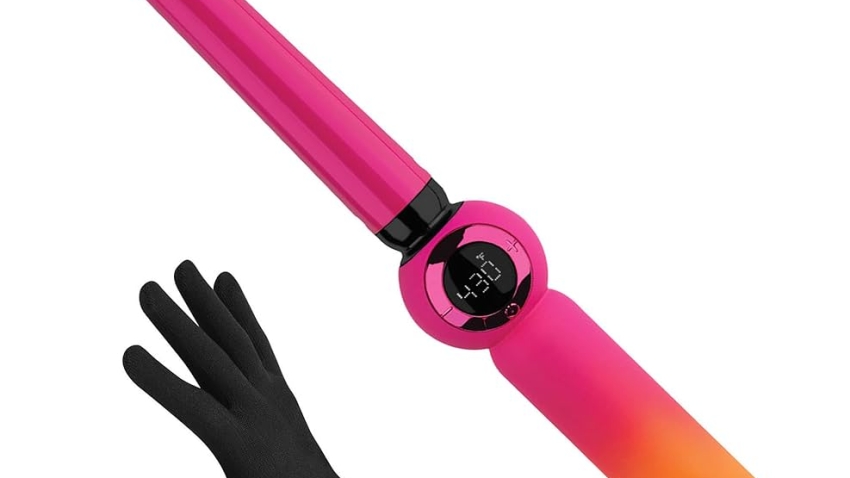
Can You Use a Curling Iron on Synthetic Hair?
Introduction:
Style versatility is one of the key attractions of wigs and hair extensions, whether they are made from human hair or synthetic fibers. However, treating synthetic hair like human hair poses unique challenges and requires specific care. One common question arises: Can you use a curling iron on synthetic hair? The answer isn’t straightforward, as it depends on the type of synthetic fiber and the heat tolerance of the material. This detailed guide explores the nuances of using a curling iron on synthetic hair and provides best practices to ensure the longevity and appearance of your synthetic hairpieces.
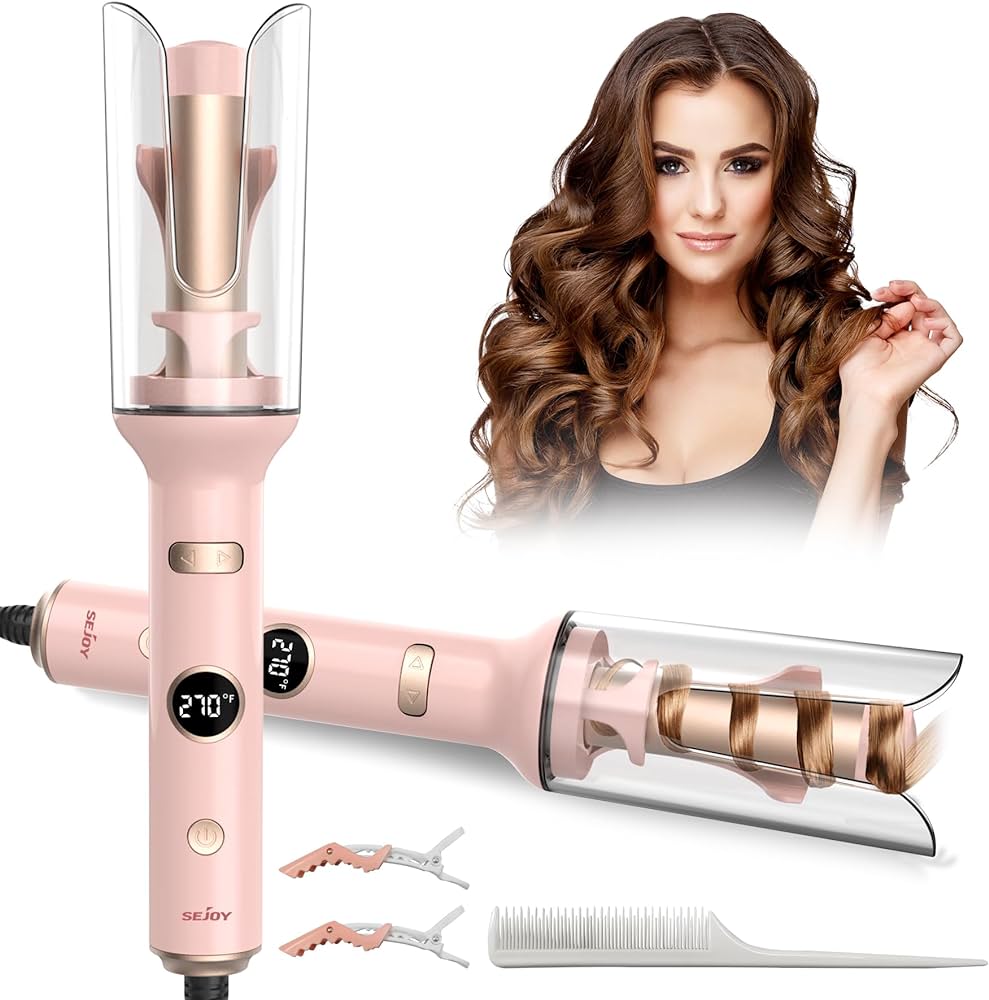
Can You Use a Curling Iron on Synthetic Hair?
Understanding Synthetic Hair
Synthetic hair is made from various types of fibers, each with unique properties and characteristics. Knowing what type you have is pivotal when considering heat styling.
Types of Synthetic Fibers: Common synthetic hair fibers include Kanekalon, Toyokalon, and Futura. Kanekalon and Toyokalon are typically not heat-resistant and can melt or become damaged when exposed to high temperatures. Futura, on the other hand, is a newer synthetic fiber designed to be heat-resistant and can endure moderate heat styling.
Fiber Cuticle: Unlike human hair, synthetic hair does not have a natural cuticle layer. Instead, the texture and appearance are engineered into the fiber. This difference makes synthetic hair more vulnerable to heat damage if not handled correctly.
Heat Resistance: Check the packaging or product description to determine if your synthetic hair is heat-resistant. Non-heat resistant fibers should not be exposed to heat styling tools like curling irons, as they can melt and become permanently damaged.
Checking Heat Resistance
Before attempting to use a curling iron on synthetic hair, it’s essential to test the heat resistance. This step ensures you do not inadvertently damage your synthetic hairpiece.
Read Manufacturer Instructions: Always start by reading the manufacturer’s instructions or labels. These typically indicate whether the synthetic hair is heat-resistant and specify the maximum temperature it can withstand safely.
Test a Small Section: If the hair is labeled as heat-resistant, test a small, inconspicuous section first. Set the curling iron to the lowest heat setting and apply it to a strand of hair. Observe how the fiber reacts to the heat. If it handles the heat without melting or becoming damaged, you can proceed cautiously.
Thermal Instruments: Use a digital thermometer to check the curling iron’s surface temperature. Ensure it doesn’t exceed the specified heat limit for the synthetic hair. Most heat-resistant synthetic fibers can tolerate up to 350°F (175°C).
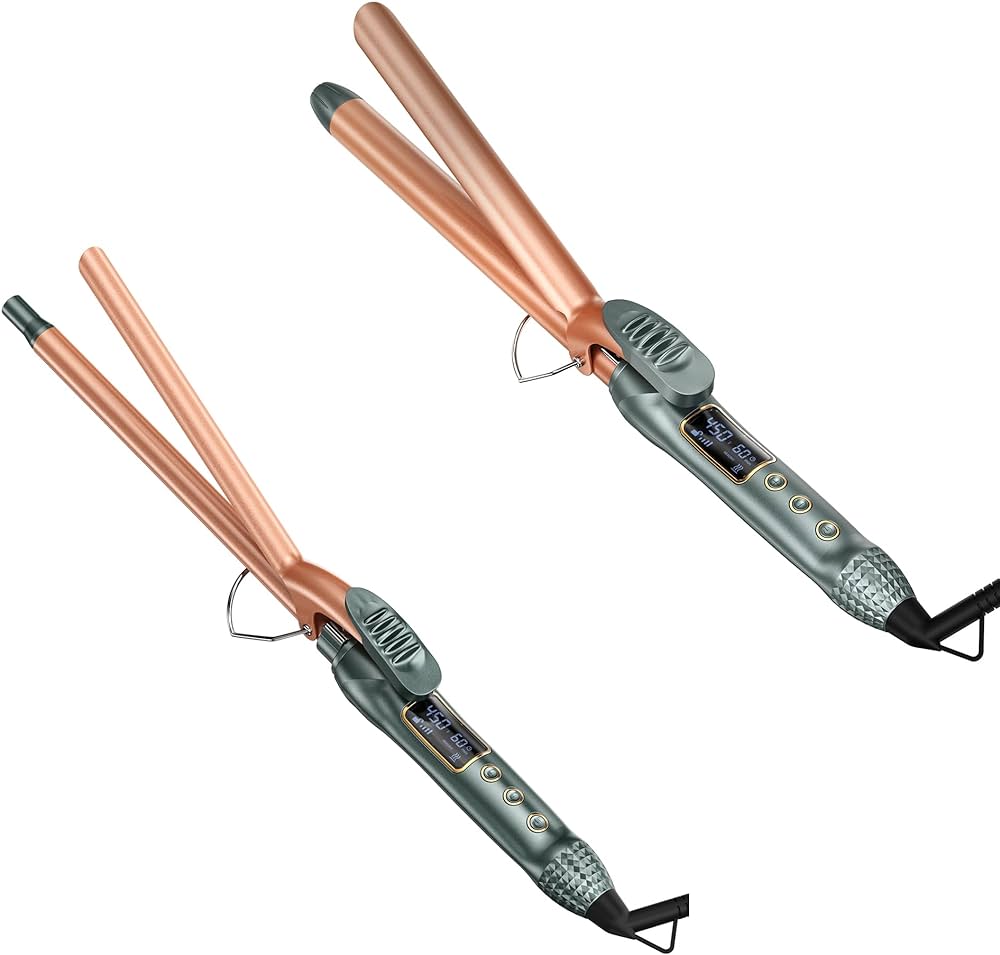
Using Low Heat Settings
Using low heat settings is a crucial precaution when styling synthetic hair. Even heat-resistant synthetic hair can be sensitive to extreme temperatures.
Temperature Control: Set your curling iron to the lowest heat setting initially. You can gradually increase the temperature if necessary, but never exceed the recommended heat limit for synthetic hair.
Heat Protectant Spray: Apply a heat protectant spray specifically formulated for synthetic hair before styling. This helps minimize thermal damage by creating a protective barrier around the fibers.
Continuous Movement: Keep the curling iron in continuous motion to avoid prolonged heat exposure on a single section. Holding the iron in one spot for too long increases the risk of melting or damaging the fibers.
Proper Techniques for Curling
Using the correct techniques ensures that you achieve the desired curl without compromising the integrity of the synthetic hair.
Divide and Section: Start by dividing the hair into manageable sections. Smaller sections curl more evenly and are easier to control. Secure each section with clips to maintain organization during styling.
Wrap and Hold: Wrap the hair around the curling iron’s barrel, maintaining a continuous, gentle tension. Hold for a few seconds, then release. Avoid wrapping too tightly, as this can lead to uneven heating and potential damage.
Cool and Set: After curling each section, hold it in place until it cools. Use your fingers or a clip to secure the curl while it sets. Once fully cooled, release the curl and gently shake it out for a natural look.
Avoid Overlapping: Ensure that individual hair sections do not overlap on the curling iron barrel. This can cause uneven heating and increase the risk of damage. Consistent wrapping results in uniform curls and minimizes the chance of overheating.
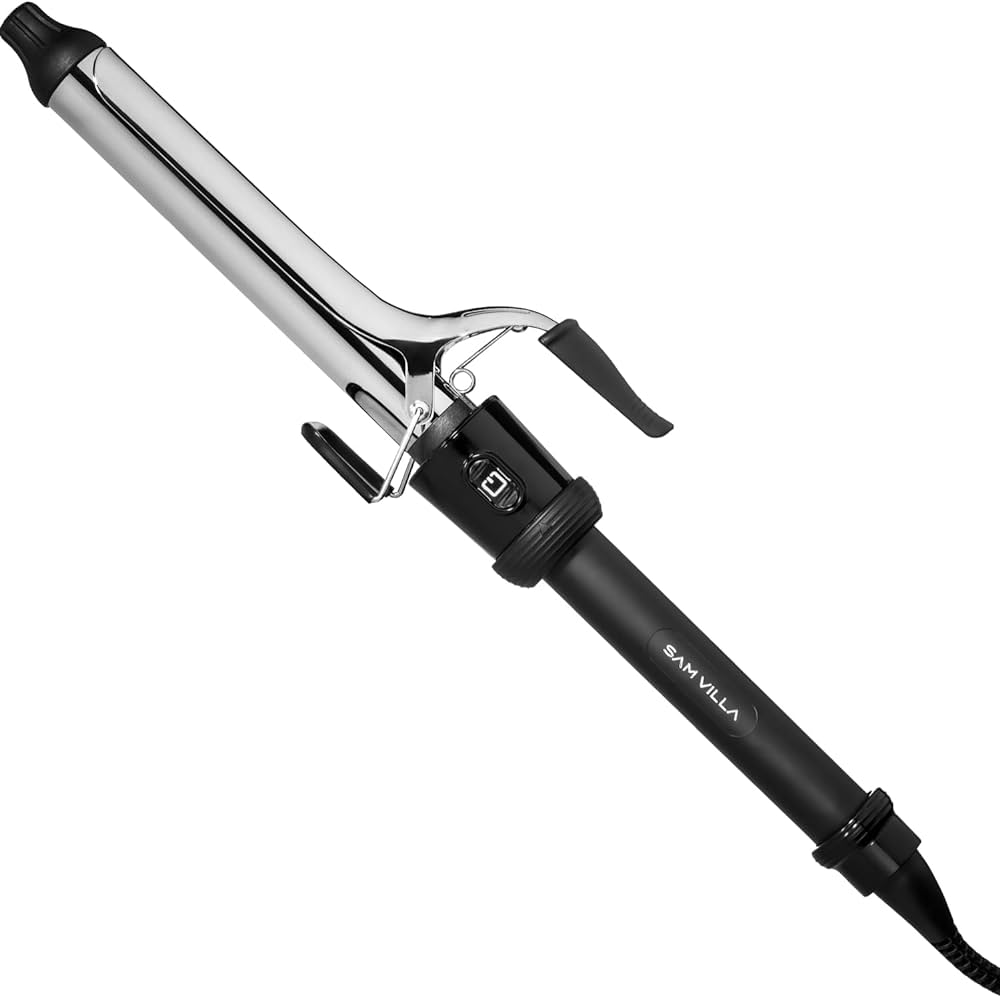
Alternative Heat-Free Methods
If your synthetic hair is not heat-resistant or if you prefer to avoid the risk of heat styling, several effective heat-free methods can create curls and waves.
Foam Rollers: Foam rollers are an excellent option for achieving various curl sizes without heat. Simply wrap small sections of hair around the foam rollers, secure them in place, and leave them overnight. Remove the rollers in the morning for soft, bouncy curls.
Flexi Rods: Flexi rods are flexible, bendable rods ideal for creating spiral curls. Wrap sections of synthetic hair around the rods and bend them to secure in place. Leave them for several hours or overnight before removing to reveal well-defined curls.
Braiding: Braiding is a simple yet effective method for creating waves and texture. Braid damp synthetic hair into sections and leave it to dry completely. Once dry, remove the braids to reveal natural-looking waves.
Twist and Roll: Twist small sections of synthetic hair and roll them into mini buns. Secure with hairpins or small elastics and leave them to set overnight. Unravel the buns in the morning for playful, textured curls.
Maintaining Synthetic Curls
Proper aftercare and maintenance are crucial to preserving the curls in synthetic hair. This ensures longevity and keeps your hairpieces looking their best.
Avoid Brushing: Brushing synthetic curls can cause frizz and disrupt the curl pattern. Instead, use your fingers to gently separate and style the curls. If necessary, use a wide-tooth comb designed for synthetic hair.
Storage: Store synthetic hair properly to maintain the curls. Place the wig or extensions on a wig stand or in a satin bag to prevent tangling and protect the curl structure.
Refresher Sprays: Use refresher sprays formulated for synthetic hair to revive curls between washes. These sprays help retain moisture, reduce frizz, and keep curls looking fresh and defined.
Minimize Washing: Synthetic hair doesn’t require frequent washing. When washing is necessary, use cool water and a mild shampoo designed for synthetic hair. Allow the hair to air dry completely and reshape the curls as needed.
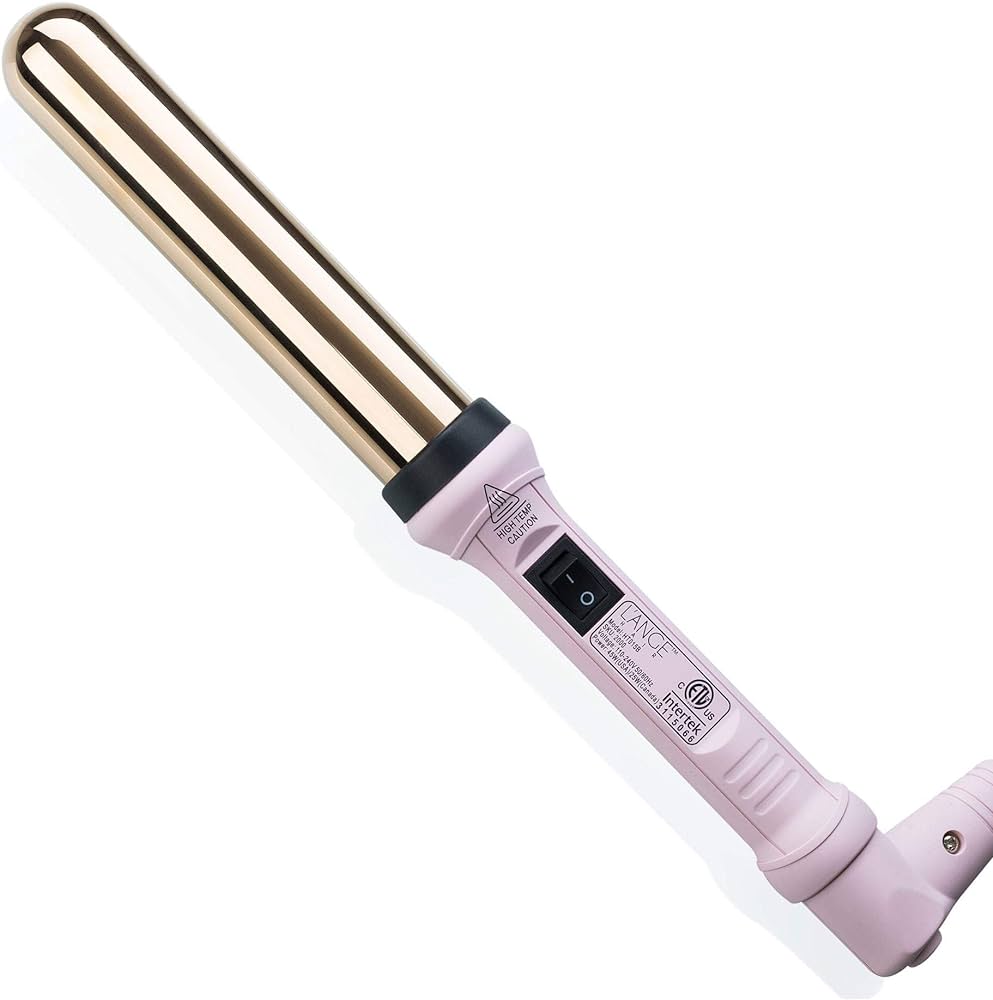
Common Mistakes to Avoid
Being aware of common mistakes can help you avoid potential pitfalls when working with synthetic hair.
Excessive Heating: Applying too much heat or using high heat settings can quickly damage synthetic hair. Always use the lowest heat setting possible and avoid prolonged heat exposure.
Neglecting Heat Protection: Failing to apply a heat protectant increases the risk of thermal damage. Always use a heat protectant spray suitable for synthetic hair before curling.
Improper Tools: Using tools that aren’t designed for synthetic hair can cause damage. Select curling irons with adjustable heat settings and tools specifically made for synthetic fibers.
Rough Handling: Rough handling during and after styling can damage the synthetic fibers. Be gentle when sectioning, curling, and maintaining synthetic hair to preserve its integrity.
DIY Tricks and Tips
Incorporate these useful tips and tricks to enhance your experience with synthetic hair and achieve the best results.
DIY Curl Setting Spray: Create a DIY curl setting spray by mixing a small amount of fabric softener with water in a spray bottle. Lightly mist synthetic hair before curling to help set the style and add flexibility.
Cold Setting: After curling each section, blast it with a cool shot of air from a hairdryer. The cold air helps set the curls and prevents the fibers from overheating.
Pinning for Volume: After curling, pin the curls to the scalp with bobby pins and let them set. Once cool, remove the pins for added volume and bounce.
Curl Direction Variation: Vary the direction in which you curl each section to create a more natural look. Alternate between curling towards and away from your face for a dynamic, textured style.
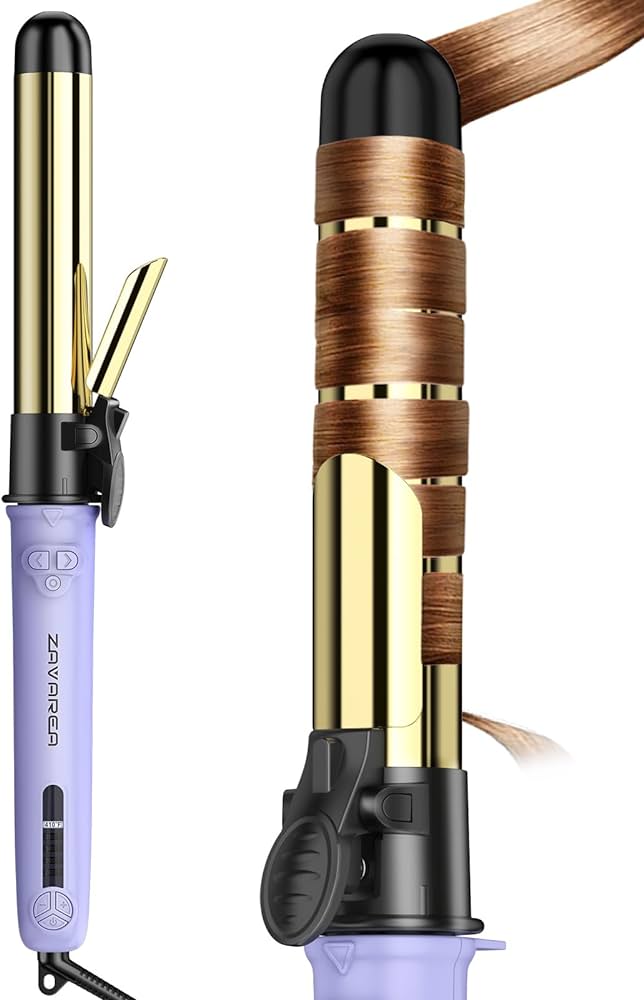
When Professional Help Is Needed
Sometimes, professional assistance is beneficial in achieving the best results and maintaining the quality of synthetic hair.
Professional Styling: If you’re unsure about curling synthetic hair or want a specific style, consider seeking help from a professional stylist. They have the expertise and tools to handle synthetic materials safely.
Regular Maintenance: Periodic visits to a professional stylist for regular maintenance can help preserve the quality and appearance of synthetic hair, ensuring it remains in great condition.
Consultation: Professional consultation can provide personalized advice on the best styling methods, appropriate products, and overall care for your specific synthetic hair type.
Conclusion
Using a curling iron on synthetic hair is possible, but it requires careful consideration of the type of synthetic fiber, appropriate heat settings, and proper techniques to avoid damage. By understanding the characteristics of your synthetic hair, testing heat resistance, and following best practices, you can style your synthetic hair safely and effectively. Additionally, exploring heat-free curling methods and maintaining proper aftercare ensures that your synthetic hairpieces remain beautiful and last longer. Avoiding common mistakes, utilizing helpful DIY tips, and seeking professional help when necessary further enhances your ability to manage and style synthetic hair with confidence.





